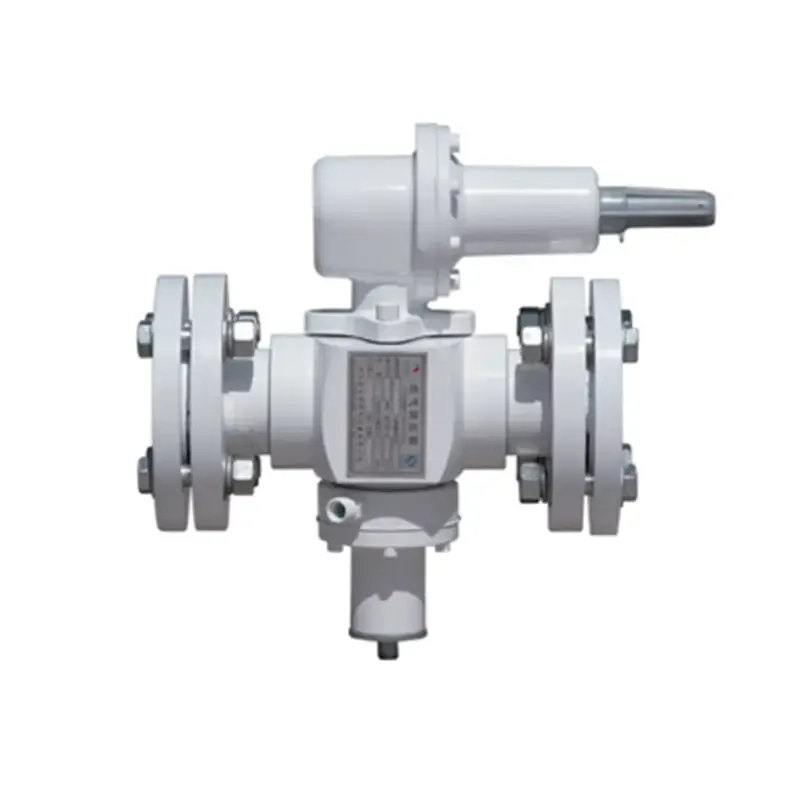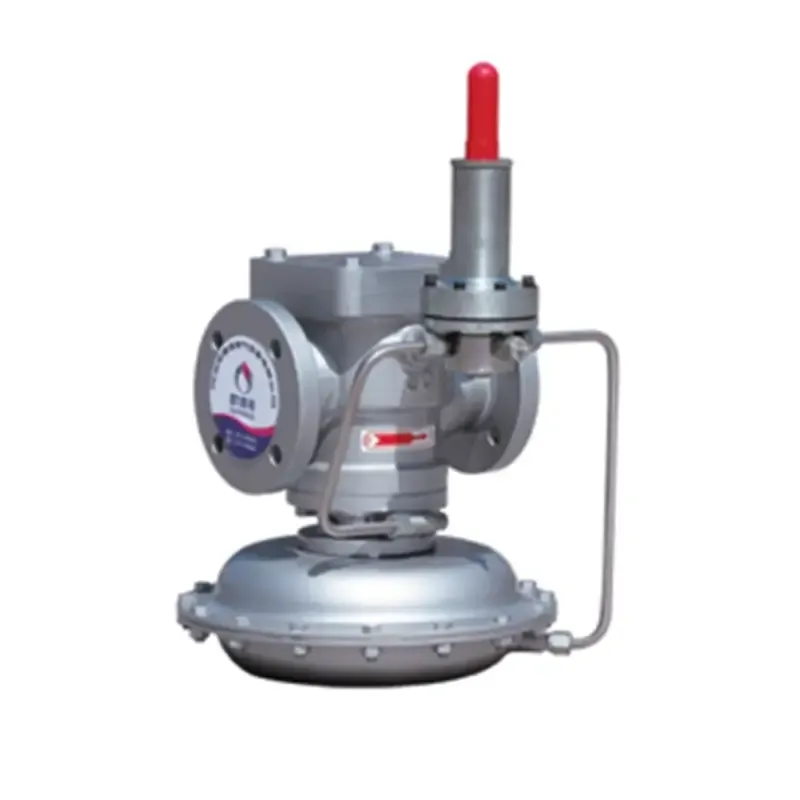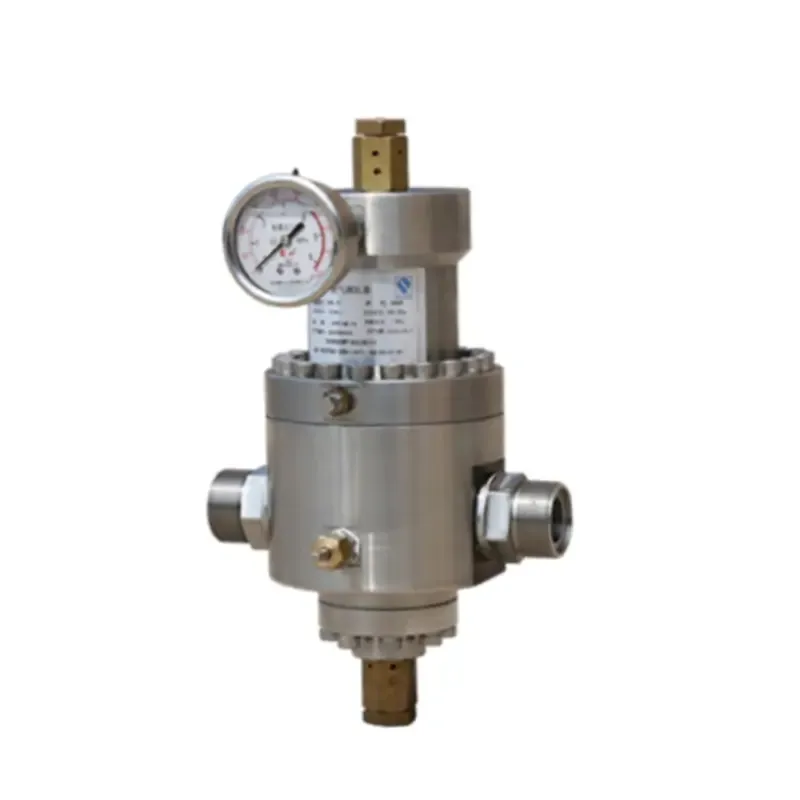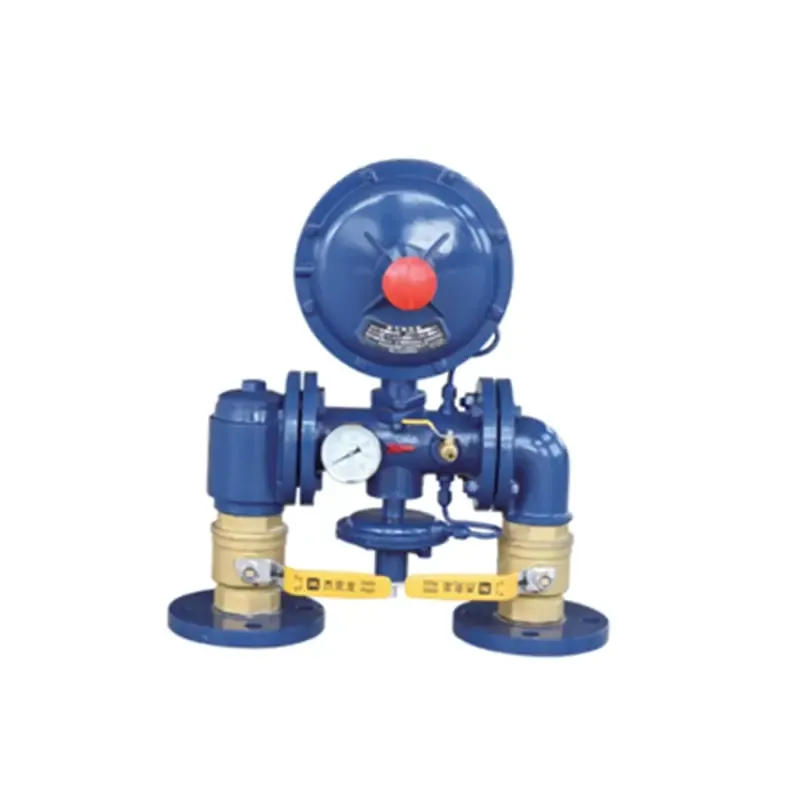
- ♦ At present, there are very little manufacturers to produceCNG compressorsof 10,000Nm³/h in China. The general CNG compressors are 2,200Nm³/h. If the CNG compressors are l0,000Nm³/h, the master station is very large. You might consider using the L-CNG, so that all the efficiency, energy consumption and costs would be relatively low;
- ♦ The core component of the CNG mother station is alarge displacement compressor. Theimported equipment concerns many confidential contents of technical manufacturers. In case of problem of no original guidance material, it will cause a big loss due to shutdown. The core component of the L-CNG is a low temperature high pressure pump with easy maintenance and low failure rate;
- ♦ The pipeline gaswill be pressurized to 20MPavia the compressor. Its cost is higher than the vaporized CNG of the imported LNG;
- ♦With small area and low initialinvested cost, it can be modified to LNG (LNG is a big development trend) filling station;
- ♦ Thetransportation costsare low (the CNG tanker is 37 ton in net weight and 41 ton at full load with high transportation costs, and a gas filling station needs minimum two trailers; however, a LNG tanker can supply gas to minimum 3 sub-stations, and the whole tanker weight is low. The cost performance can be imagined in the present soaring oil prices);
- ♦The safety is high (the LNG storage pressure is 7-8bar only, while theCNG storage pressure is 200bar);
- ♦The gas purityis high without dehydration and filtration devices;
- ♦The vaporizationprocess and atmosphere absorb heat convectively, consuming noelectric energy and low energy;
- ♦The L-CNG is a big social development trend dispensedwith the obsolescencerisk of the upgraded
Write your message here and send it to us
Products categories







